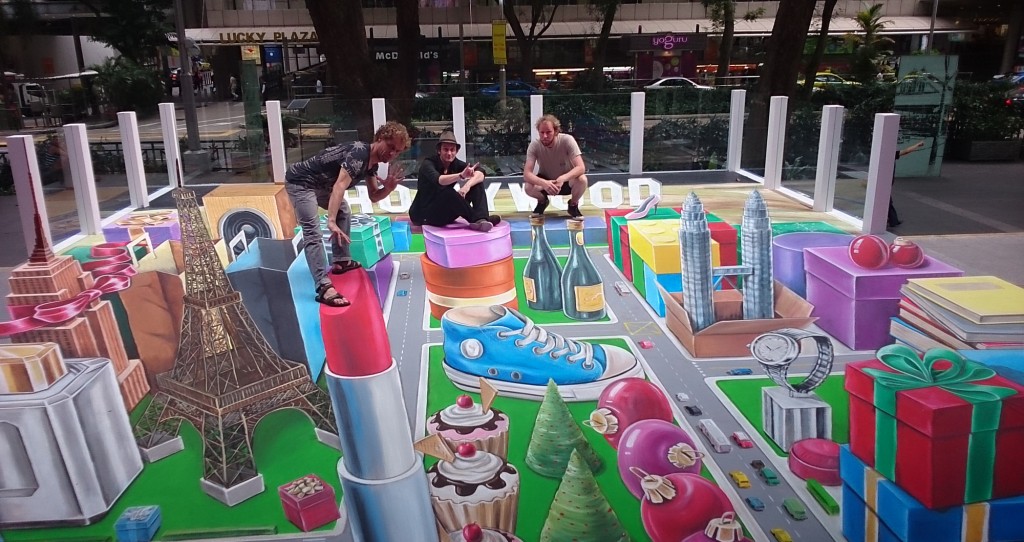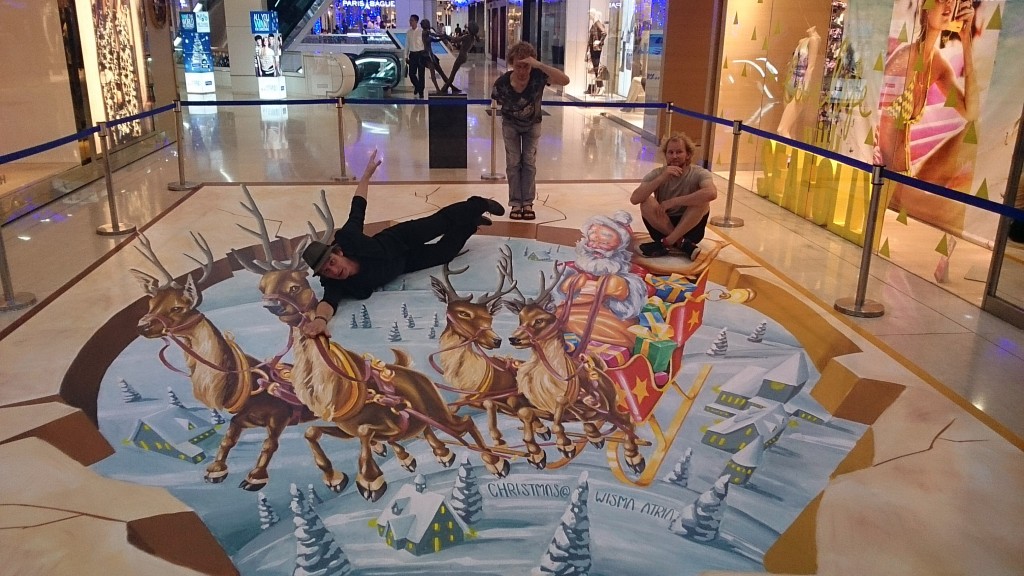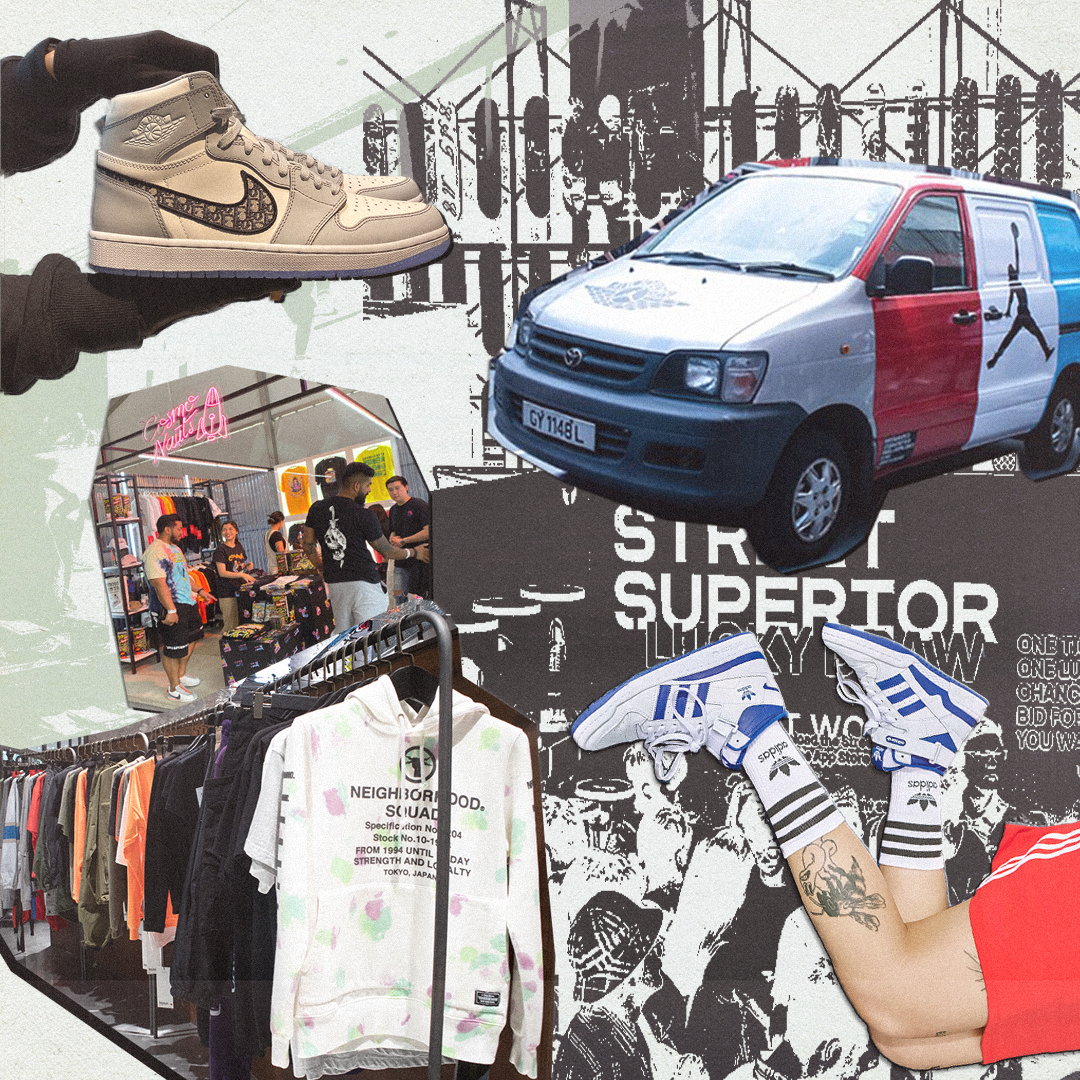Sign up for trending news and first dibs
Painting the Town 3D: Interview with Street Artist Leon Keer
Painting the Town 3D: Interview with Street Artist Leon Keer
To spread the Christmas cheer, renowned Dutch artist, Leon Keer, was recently in Singapore to paint the town 3D. We spoke to him about the evolvement of street art and how painting in 3D brings art to life.
By Daniel Loy
If you happened to be at Orchard Road sometime last week, you might’ve seen a trio of street artists making their mark on the space outside Wisma Atria. Leon Keer, Ruben Poncia and Remko van Schaik, street artists from the Netherlands, were commissioned to create breathtaking 3D paintings as part of the mall’s Christmas decorations. Through melding technology with traditional artistry, observers could enjoy a 4D experience by using an app to see virtual snow falling on the finished masterpieces through their phone screens. Amazed by all this, we gathered more insights into street art from one of the artists, Leon.
[perfect_quotes id=”11495″]
In your experience, how have street paintings evolved over the years?
The beauty behind the artwork and the increased use of painting and spray-can techniques have evoked more interest and respect from people. Therefore, it has become easier to create an artwork out in the open with the public present.
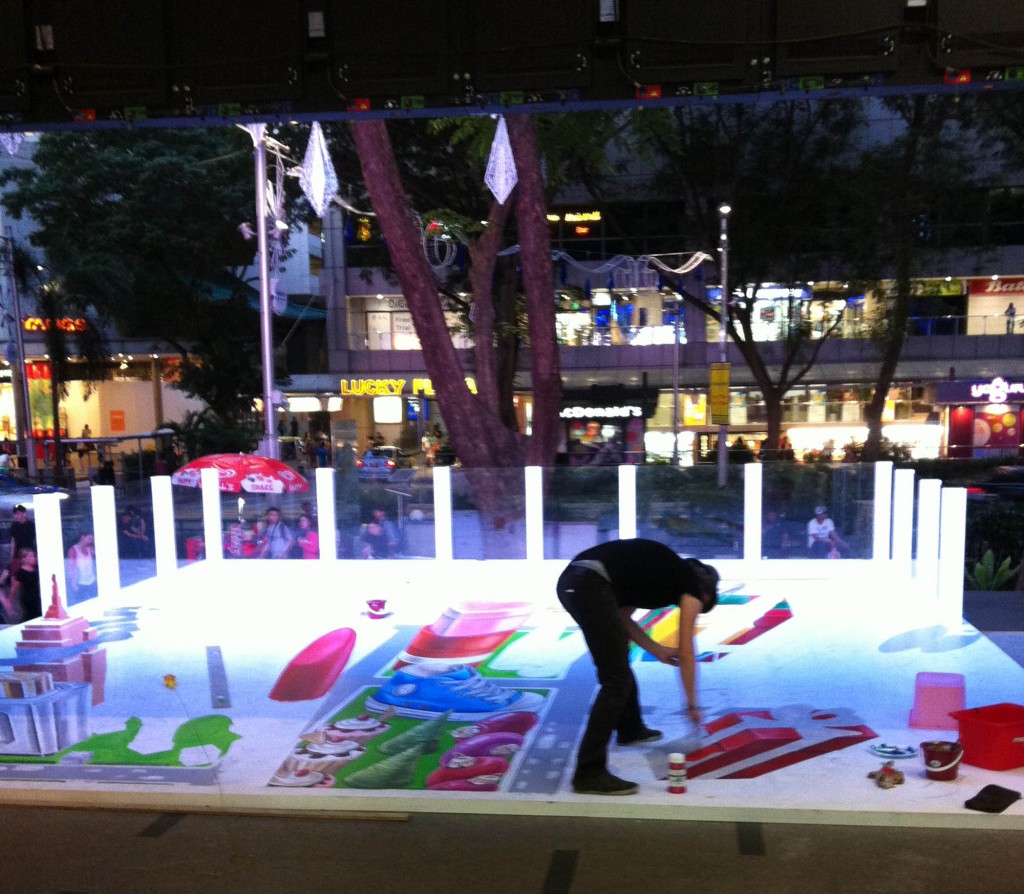
The techniques used for creating street art are still based upon skills. There is not a printer which will be able to print an image directly onto the street or on the wall. And technology is not able to take over the mind of an artist. However, technology could be used to support street art. For example, I often use Augmented Reality with my street art. Also, thanks to media and technology, street art can reach a wider audience.
Apart from the medium, what makes a street artist different from a traditional artist?
As a street artist, you are used to working in a public environment; you will take into account the surrounding area and also notice some kind of energy around you. As a traditional artist, you are mostly working in your own studio and dependent on your own senses during the process of creating.
What are your thoughts and feelings when street goers stop and observe you at work?
It all depends on the working phase I am in. If the artwork requires concentration, especially during the first layout, I am not so open towards the spectators. As an artist you will always notice when somebody is observing you, even when you have your back towards him/her. You will always have to be the most critical observer, as you might be caught in some kind of ego trip with all the wows, awes and positivity around you.
How is working as a team, in a collaboration, different from working as an individual?
As a team you are building up some kind of synergy which will reflect on the artwork. I work together with some of the best professional artists present in the 3D street art business. Together, we are able to create bigger and more intense artwork. More intense because you are experiencing the creation of this artwork together and that will double up the emotions. Some artworks will take 5 days or more, and obviously you will encounter some relapse once in a while. As a team you are able to face this together, in contrast to working by yourself.
What is the biggest lesson you learned over your career as a street artist?
I have learned that you have to be humble towards your own artwork.
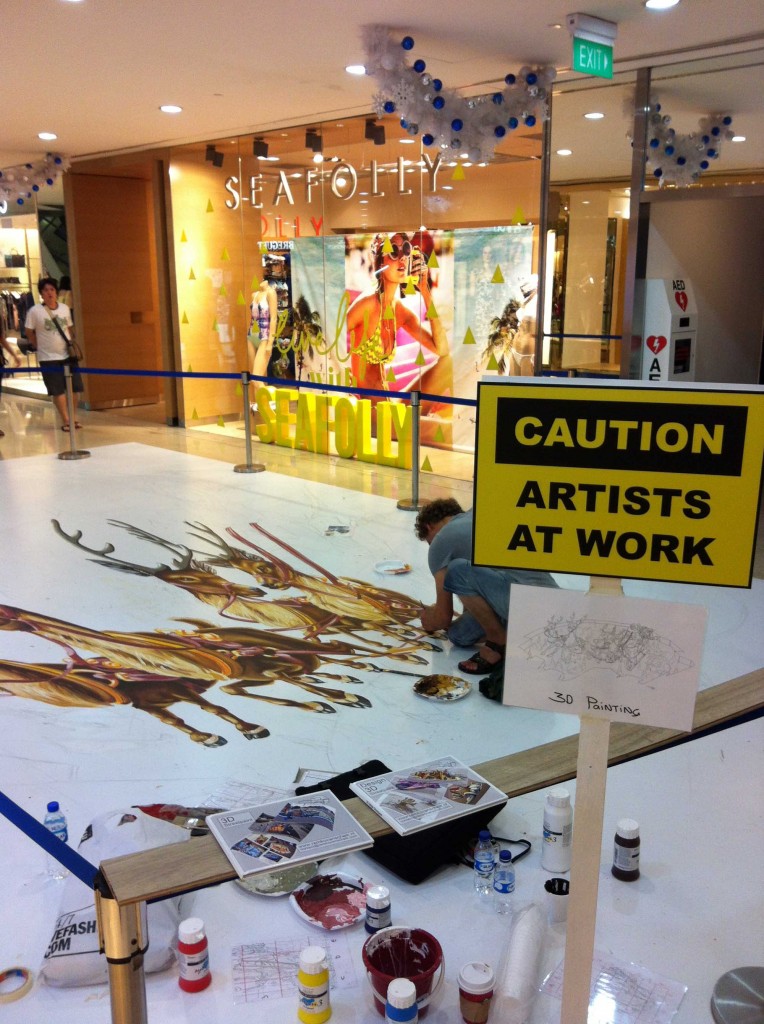
For me, the biggest challenge is to convert the smaller scaled 2D sketch to this big distorted 3D version.
Some countries like Singapore experience sudden weather changes. How can you create your street painting without the weather affecting you?
I am from Holland, a rainy country, so in that sense, Singapore’s weather is very kind. After 20 years of experience working outside, I can work in every condition. Also, I always take into account some extra hours to be able to deliver a high quality art product.
Where is the trend for street art going?
This is an unpredictable question, because everyone should always be surprised by the arts. There is an ongoing struggle between street art and the media, although both parties can benefit from each other. But, above the influence of the big marketing and media companies, the creative force that street art brings will stay the main source of inspiration.
What advice would you give to aspiring street artists?
Just work, get your skills educated and show professionalism by showing that keeping yourself busy with art is a way to make a living.
The 3D street paintings will be on display till December 29th. Check it out @ Wisma Atria!
TAGS
Tags:


